APS-EASP Cosponsored Symposium to Discuss Trends in Social Neuroscience
Pursuing big questions in psychological science is an international effort. APS recently co-sponsored programs featuring cross-cutting research presentations by some of the most distinguished scientists in the field — “Social Psychology and the Neurosciences: Perspectives and Pitfalls” at the European Association of Social Psychology (EASP); “Exploring the Dynamic Interaction Between Genes, Environment and the Brain” at the Federation of the European Societies of Neuropsychology (ESN); and “Where is Embodiment Going?” at the European Society for Cognitive Psychology (ESCOP). Here are some of the program highlights.
A Discussion on Social Psychology and the Neurosciences at EASP 2011
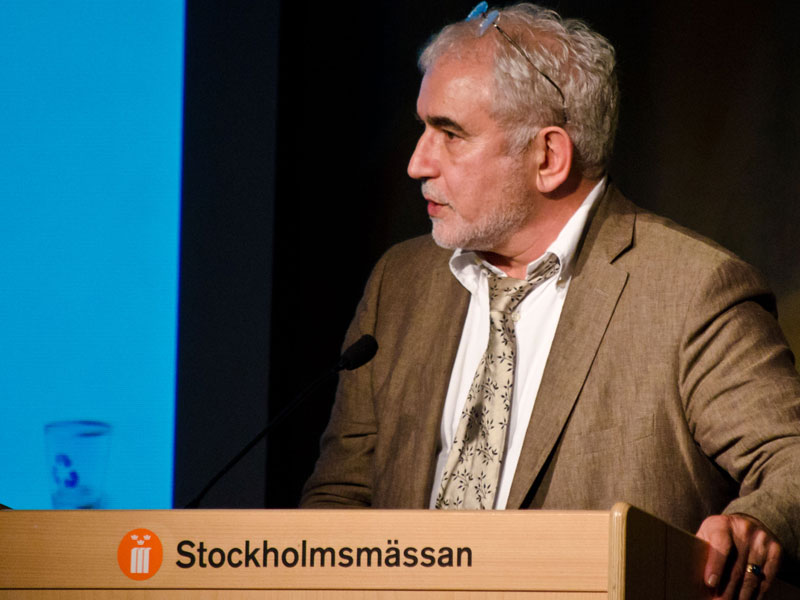
Gün R. Semin (Utrecht University, Netherlands) served as chair of this pre-conference symposium at EASP’s General Meeting in Stockholm, Sweden on July 12, 2011.
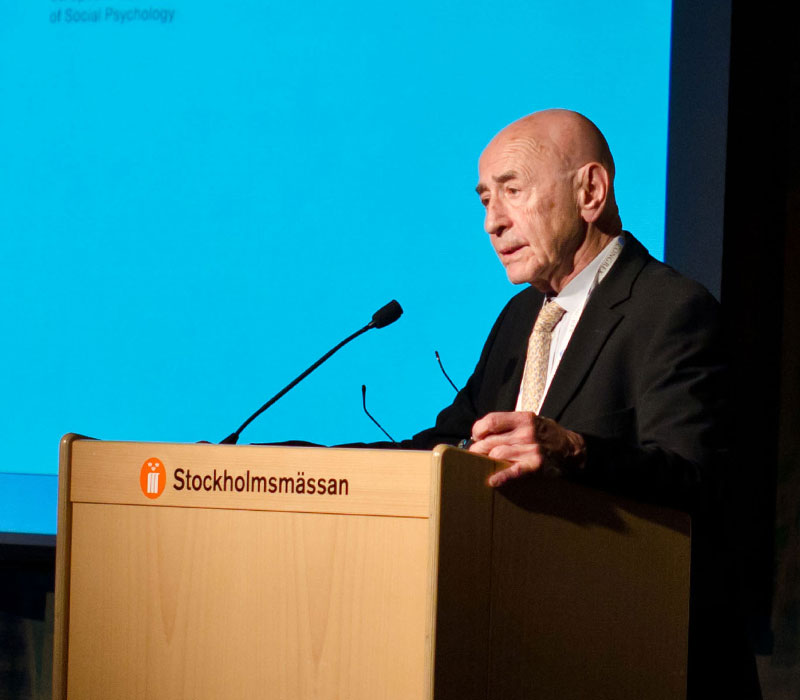
Walter Mischel
In his introduction, APS Past President Walter Mischel (Columbia University, USA) emphasized the revolutionary impact of new research in social cognitive neuroscience and epigenetcs. In light of these changes, he hoped that the symposium would serve to bridge both disciplinary and geographical gaps.
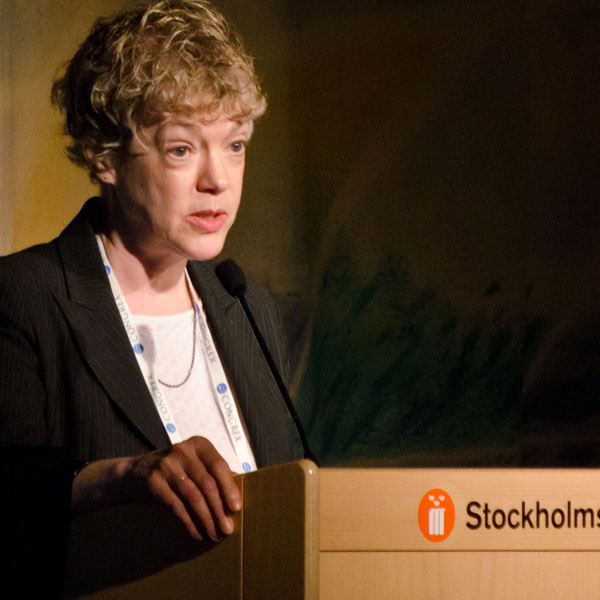
Susan Fiske
In her presentation on neuroimaging, Susan Fiske (Princeton University, USA) focused the medial prefrontal cortex and how this region of the brain can be used to study intergroup relations.
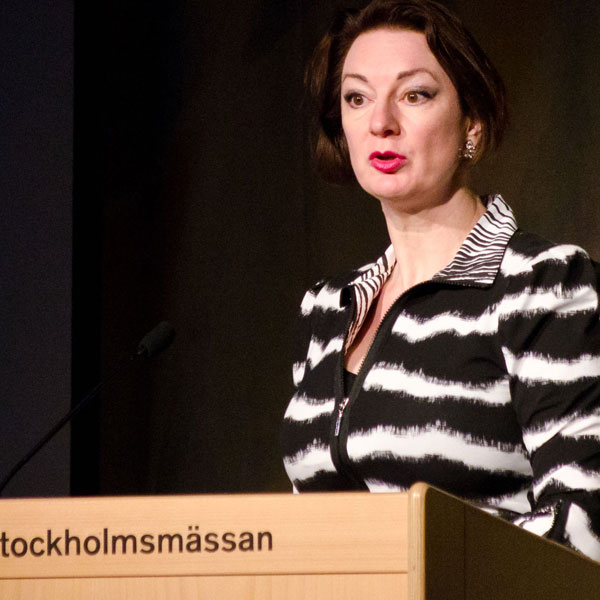
Naomi Ellemers
In her talk, Naomi Ellemers (Leiden University, Netherlands) offered an overview of the methodologies she and her colleagues have applied to the study of group morality.
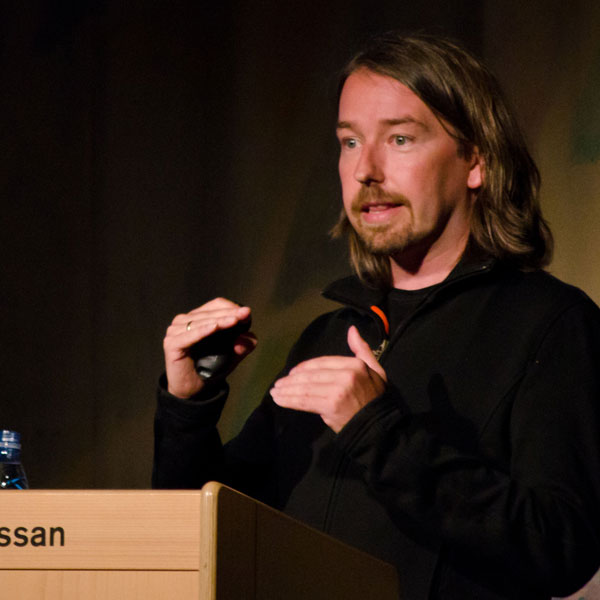
Christian Keysers
Christian Keysers (Netherlands Institute for Neuroscience of the Royal Netherlands Academy of Sciences) told the audience that the big question driving his work on neuroimaging and mirror neurons is, “What happens when we look at other people?” In other words, how do our brains translate pixels and muscles into inner mental states?
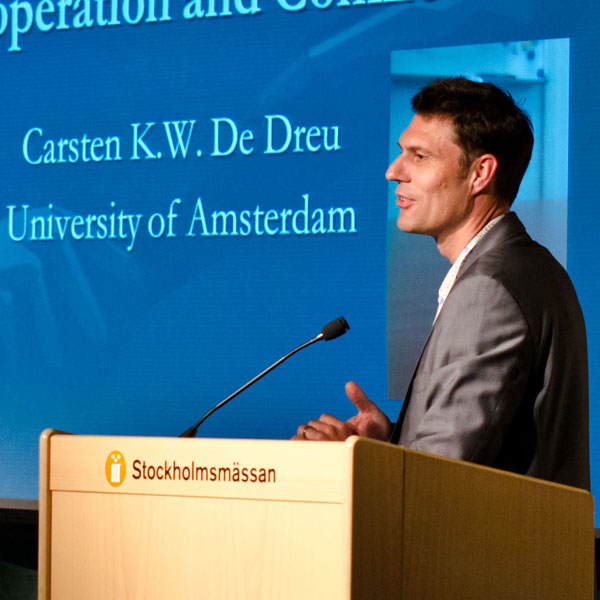
Carsten De Dreu
The neuroendocrinology of human conflict and cooperation was the focus of a talk by Carsten De Dreu (University of Amsterdam, Netherlands). De Dreu discussed the role of oxytocin in ingroup cohesion as well as its role in ethnocentrism and the exclusion of outgroup members.
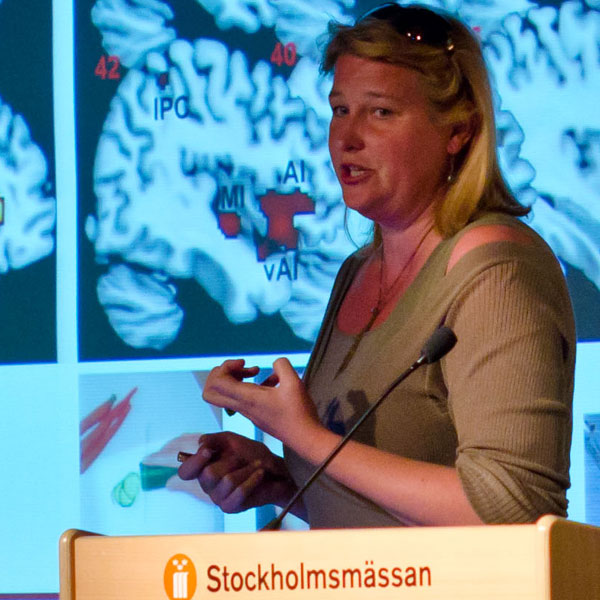
Tania Singer
Tania Singer (Max Planck Institute for Human Cognitive and Brain Sciences, Leipzig, Germany) discussed how neuroscience can help researchers understand social emotions such as empathy and affective egocentricity.

Christian Keysers
Christian Keysers participated in a roundtable discussion that addressed challenges and opportunities that lie in the overlap between neuroscience and social psychology. The roundtable also featured Ed Vul (University of California, San Diego, USA), Walter Mischel, Klaus Fiedler (Universität Heidelberg, Germany), and the symposium speakers.
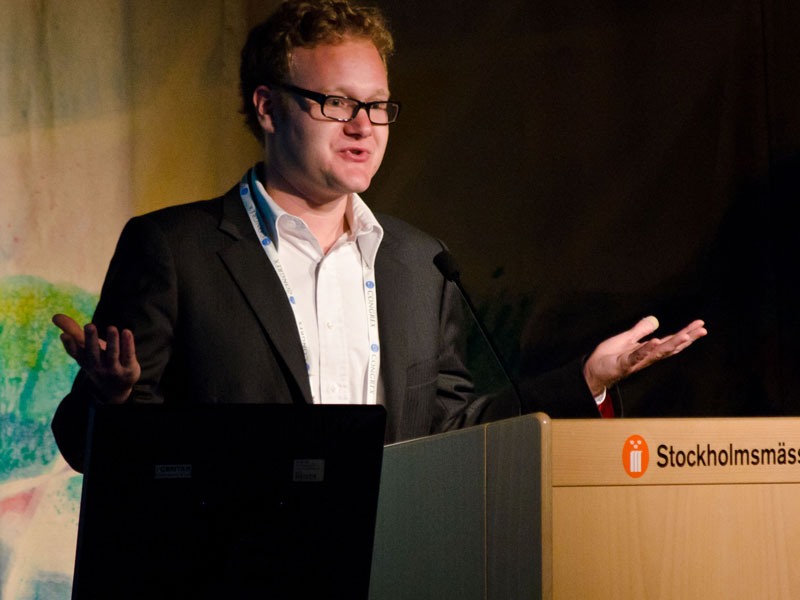
Ed Vul
Ed Vul participated in the roundtable discussion. Vul has brought attention to inflated correlations between measured brain activity and behavioral measures of emotion, personality, and social cognition — a key challenge for current neuroscience research.
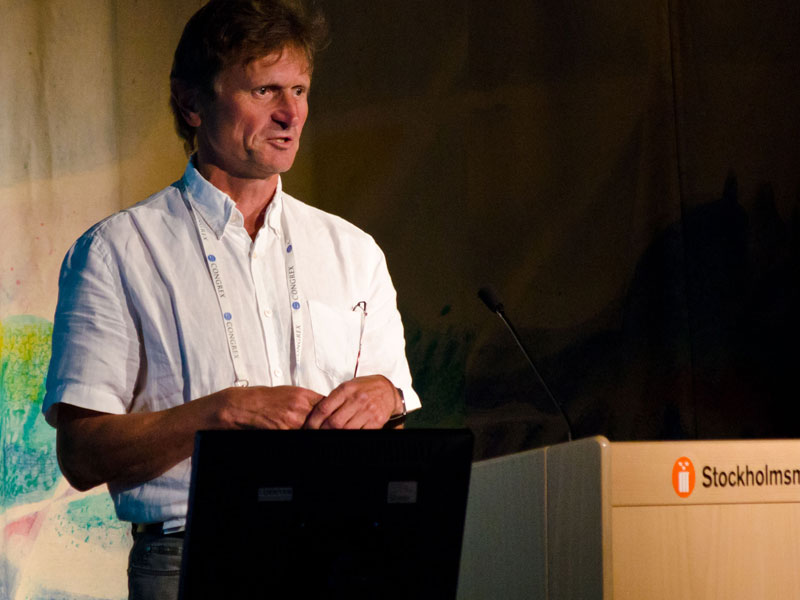
Klaus Fielder
Klaus Fiedler also participated in the roundtable. He spoke about the importance of maintaining strong research programs in social psychology even as the field shifts toward cutting-edge neuroscience research.





APS regularly opens certain online articles for discussion on our website. Effective February 2021, you must be a logged-in APS member to post comments. By posting a comment, you agree to our Community Guidelines and the display of your profile information, including your name and affiliation. Any opinions, findings, conclusions, or recommendations present in article comments are those of the writers and do not necessarily reflect the views of APS or the article’s author. For more information, please see our Community Guidelines.
Please login with your APS account to comment.